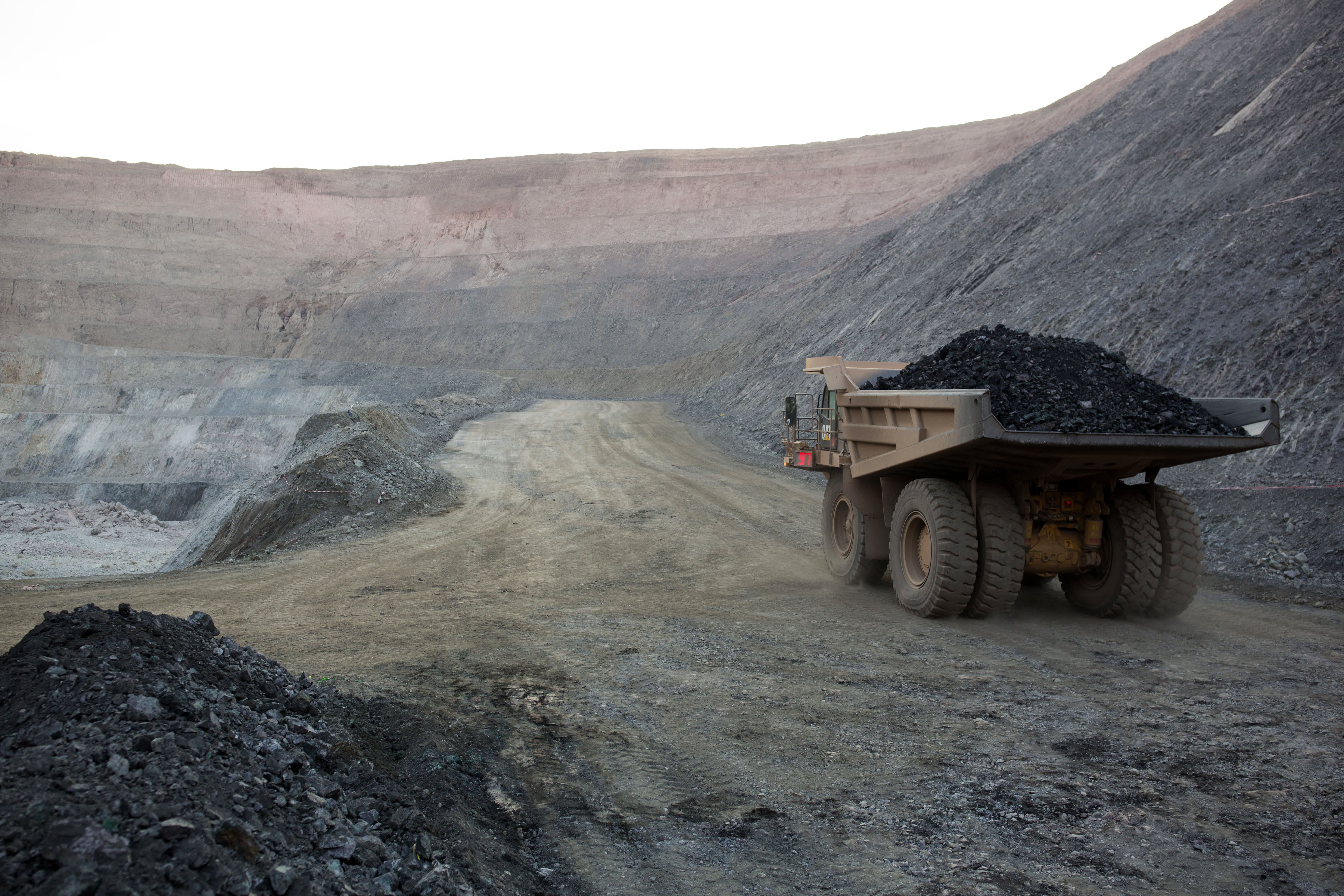Kolwezi, DRC – The sun sets at one of the copper opencast mines in Mutanda Mining Sarl on July 6, 2016 in Kolwezi, DRC.
Per-Anders Pettersson / Getty Images
Resource-rich countries became increasingly protectionist in the past year as Covid-19 threatened their economies, a new study showed.
A report published on Thursday by risk consultancy Verisk Maplecroft indicated that over 2020, 34 countries saw a “significant increase” in resource nationalism, with the pandemic exacerbating an existing trend for government intervention.
Verisk Maplecroft determined that 18 of the 34 countries depend on the minerals or hydrocarbons they export and predicted that the threat of isolationism would increase in the coming years, as governments tried to plug fiscal holes after the pandemic.
The mining sector will bear the brunt of new measures, according to the report, with some of the world’s largest producers of copper and iron ore, especially in Africa and South America, among the top 10 countries at risk.
“It is perfectly understandable that governments are looking for additional sources of revenue in these fiscal tightening times,” Hugo Brennan, head of mining risk at Verisk, told CNBC on Friday.
“Commodity prices had a stellar start in 2021 and this puts the mining sector firmly on the radar of national governments.”
The top 10 in the Verisk Maplecroft Resource Nationalism Index comprise Venezuela, Democratic Republic of Congo, Russia, Zambia, Zimbabwe, Kazakhstan, North Korea, Tanzania, Bolivia and Papua New Guinea.
“These are the countries most likely to use the most forceful instruments in the toolbox of resource nationalism, such as direct expropriations without compensation or inadequate compensation,” noted Verisk Americas analysts Mariano Machado and Jimena Blanco.
In recent years, North Korea has announced a new five-year plan that, according to analysts, confirms the decision to increase self-sufficiency and further centralize control of the economy.
Meanwhile, Zambia is involved in a long legal dispute with Vedanta Resources over its attempt to liquidate the company’s Konkola Copper Mines.
President Edgar Lungu’s government also threatened to suspend Glencore’s license to operate the Mopani copper mine in April 2020, amid tensions over the use of the asset as a swing producer.
“The subsequent move to acquire a majority stake in Mopani underscores President Lungu’s desire to increase state control over strategic mining assets in Zambia and has also done no harm to his populist credential,” African analyst Aleix Montana told CNBC.
Kitwe, ZAMBIA – Copper is mined at the Mopani Glencore copper mine on January 9, 2019 in Kitwe, Zambia.
Ute Grabowsky / Photothek via Getty Images
Emerging markets and developing economies closed 2020 with an average reduction of 10.9 percentage points in government revenue as a proportion of GDP, according to IMF data aggregated by Verisk. The regions most affected were Sub-Saharan Africa, with 12.55 percentage points, and Latin America, with 8.7 percentage points.
In addition to the highly dependent nations above, many more diversified economies saw even clearer impulses towards the nationalism of their resources in the past year, according to the index.
“The countries to watch more closely are mining jurisdictions characterized by a painful economic contraction related to Covid and an increase in these less explicit forms of resource nationalism,” said Blanco.
“Governments in these countries are becoming more willing to intervene in the economy, use indirect expropriation, or demand increases in local content requirements – opening the door to a more sophisticated but still disturbing path to nationalism.”
In South America, the implementation of these “less forceful” mechanisms tends to be driven by one of two factors, analysts have suggested: ideology, as in Mexico or Argentina; or pressure from the mining community or society in general, as in Chile and Colombia.
However, in Sub-Saharan Africa, there is a more complex range of underlying motivations.
“For example, the interventionism seen in Liberia and Mauritania is driven by deficiencies in structural governance, not by nationalist sentiment,” explained the report.
“In Mali, the transitional government’s political concerns are the problem, while in Guinea it is the need to maximize bauxite revenue – the two countries are looking to revise existing contracts.”
Oil pumps are seen on Lake Maracaibo, in Lagunillas, Ciudad Ojeda, in the state of Zulia, Venezuela.
Isaac Urrutia | Reuters
Nationalist measures brought about by social pressure tend to be more subtle, but bring the same risk to mining companies, Verisk analysts argued, using the example of a debate over water rights in Chile, potentially increasing the regulatory burden and costs operational for companies over the next decade.
Although the coronavirus pandemic was not the only factor in the recent push towards nationalism, it has catalyzed a trend reflected in the index since 2017.
Verisk expects this trend to increase dramatically over the next two years. In “rentier mining economies,” those that derive mainly from government revenue from mining a specific asset, governments have developed a tendency to turn to the mining industry to support public finances, the report said.
However, analysts suggested that mining companies would need to take a closer look at ESG (environmental, social and governance) factors in diverse emerging economies, where more secret methods of state interventionism become the instruments of choice.
“Issues around the distribution of income, poverty, access to education and health – to name just a few – can trigger socio-political processes that demand more from the state,” they said.
